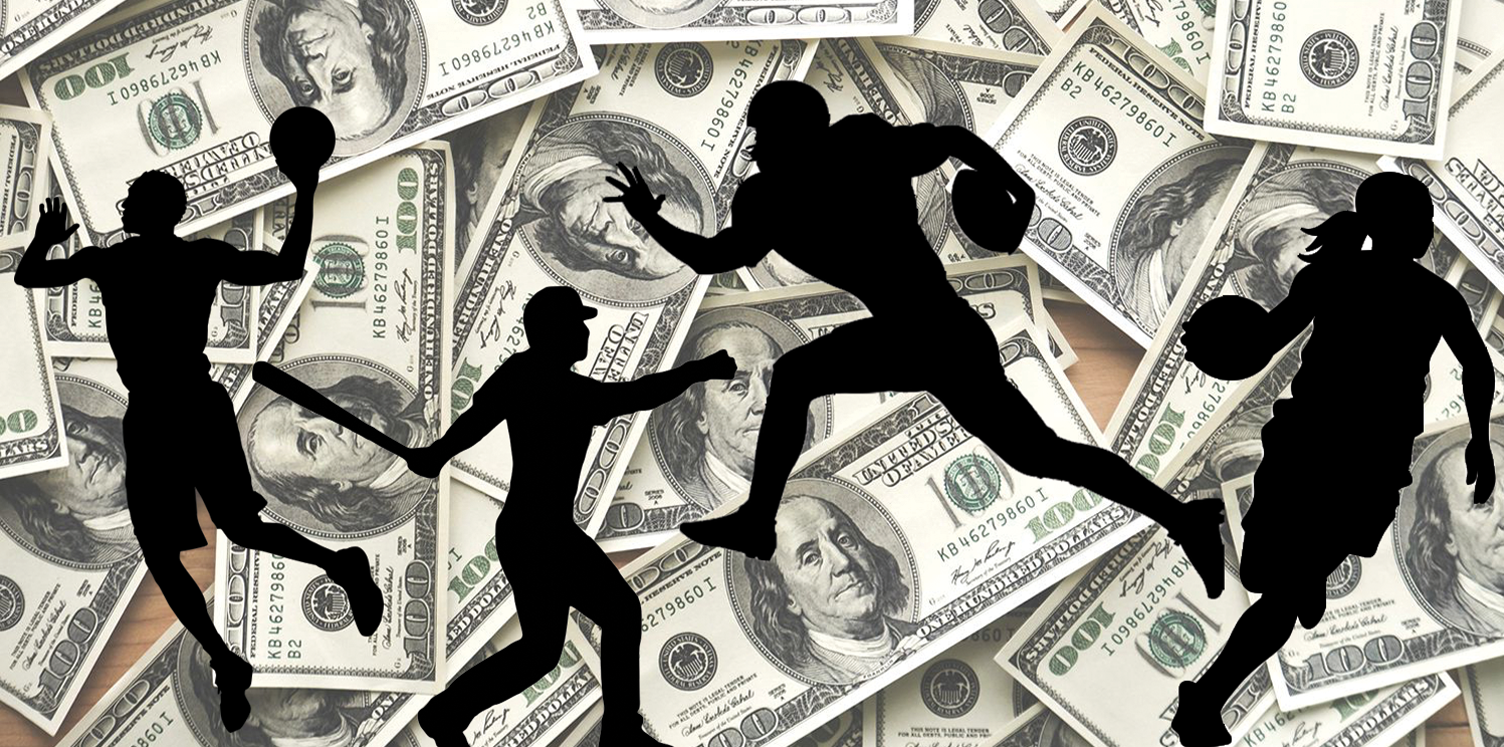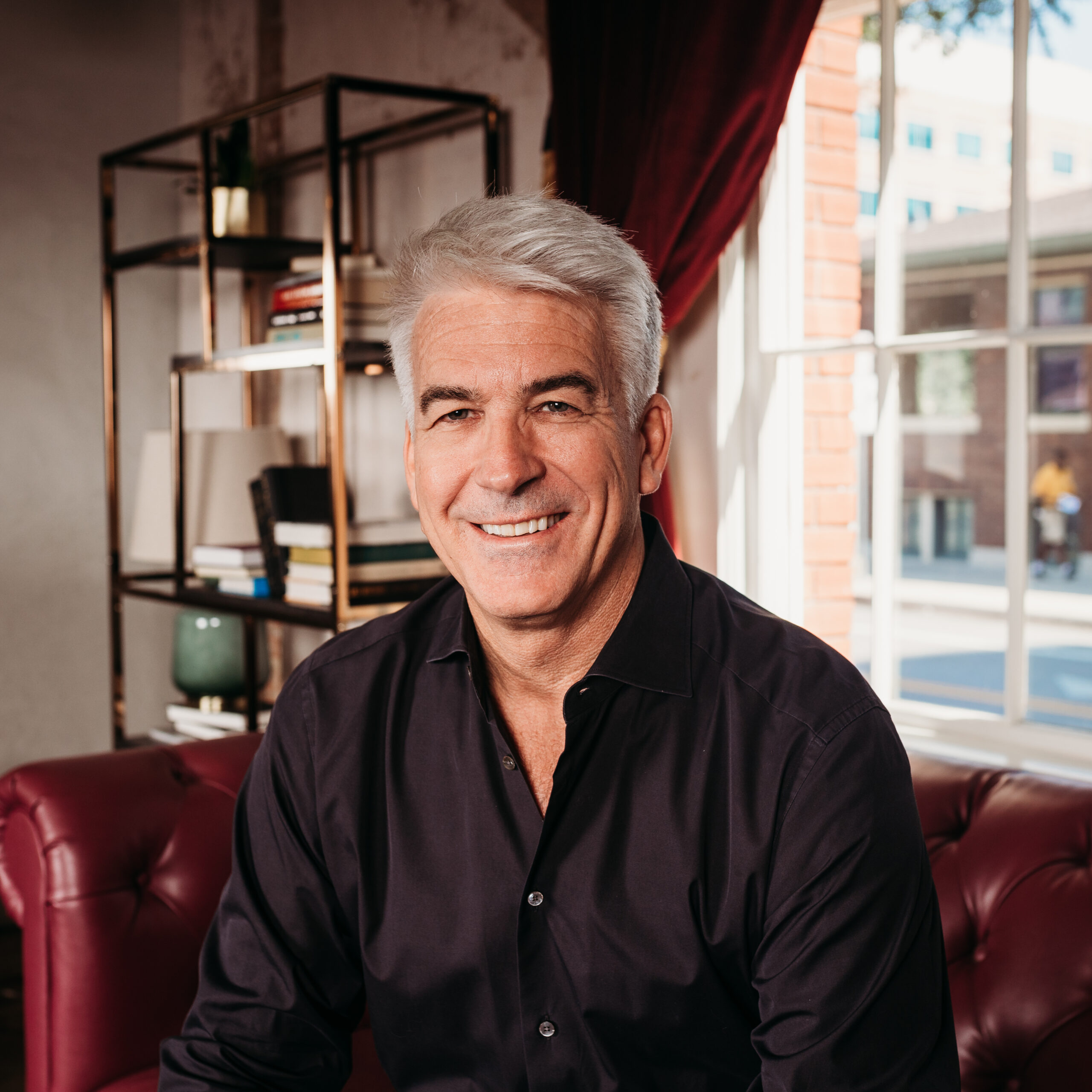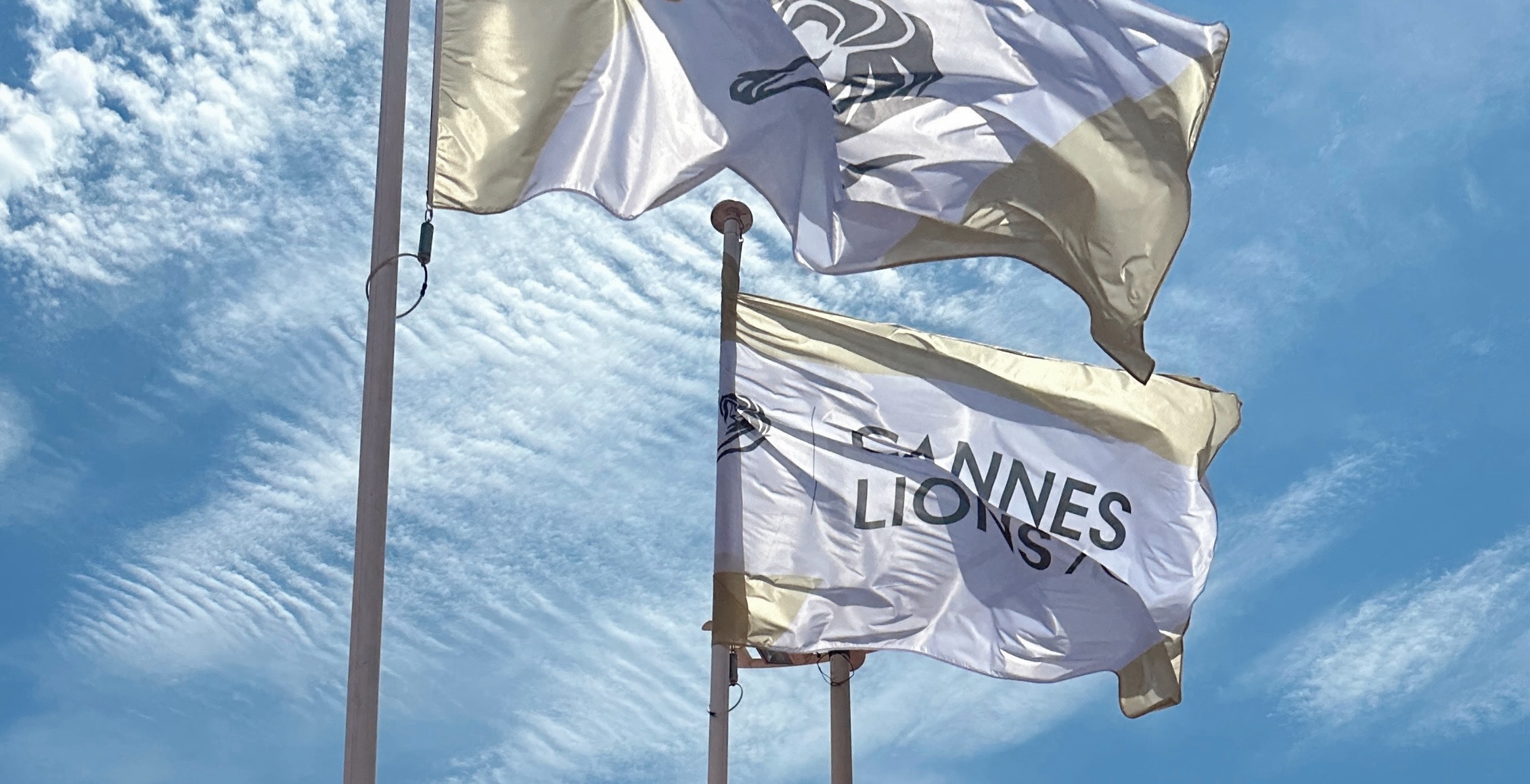Endorsement U, Part 2: Monetizing the Student-Athlete-Spokesperson

In this series, TMA examines the implications of the NCAA’s decision to permit collegiate athletes to be paid for endorsements and sponsorships. This is a developing news story. Read Part 1 here.
By Will Ober, Director of Celebrity & Influencer, Sports
Collegiate athletes will soon be allowed to earn compensation for use of their name, image and likeness (NIL), a seismic shift in the ages-old model of amateurism espoused by the NCAA.
Multiple states have passed laws enabling this change, with Florida’s and others’ set to take effect in July of this year. The clock is ticking for Congress to pass a federal law that supersedes an emerging patchwork of state legislation with national guidelines. Various lawmakers and stakeholders have taken steps to write the new rules according to their interests. However it shakes out, change is undeniably afoot – and with Democratic control of the U.S. Senate, that change may look different than many experts expected just months ago.
After planning to finalize – and subsequently vote on – name, image and likeness rule changes in January 2021, the NCAA pressed pause and kept silent about its next move until earlier this month, when NCAA president Mark Emmert told the New York Times that he would recommend the NCAA approve new rules “before, or as close to, July 1.” The time lost between January and May notwithstanding, the debate over NCAA name, image and likeness rule changes has reemerged as the NCAA’s top priority.
The thorniest questions have yet to be resolved, and they are all rooted in the same primary concern: ensuring that athletes are not being paid to attend a given school. The NCAA is adamant that any compensation received by student-athletes should represent a genuine payment for the use of a student-athlete’s NIL, and not be a disguised form of payment for participation in NCAA athletics. For that reason, schools and conferences will not be allowed to play any role in student-athlete NIL activities. Neither schools nor boosters will be allowed to use NIL opportunities as a recruiting tool or inducement. It’s even possible that certain categories of brands (shoes and apparel, for example) will be restricted because of their history of abetting NCAA recruiting violations.
Let’s take a closer look at three areas that need clearer regulation: the role of agents, determination of fair market value, and boosters.
The Role of Agents
Under the new rules, NCAA athletes will be permitted to hire a third party – namely an agent, manager or adviser – to solicit and coordinate commercial endorsements, appearances, and other opportunities to exploit their names, images and likenesses for commercial purposes.
These agents, managers and advisers would not be permitted, however, to make any arrangements pertaining to a professional athletic career, such as on-field contract negotiations. This policy presumably ties back to the NCAA’s long held conviction that collegiate sports are uniquely amateur and entirely separate and distinguishable from professional sports.
This policy will impact talent agencies and likely offer an advantage to those talent agencies that do not offer services pertaining to on-field contracts. We would also expect major talent agencies that do provide on-field contract services to object to this policy and argue that it inherently puts them at a disadvantage. It will behoove them to create firewalls between their practices and argue that these are sufficient to satisfy the NCAA’s requirement. What is harder to see is how the NCAA will realistically enforce this policy when, under current conditions, it is nearly impossible for schools’ compliance departments to scrutinize and control agent activity.
Determination of Fair Market Value
Who is ultimately responsible for determining what fair market value is for student-athlete NIL activities such as social media posts, appearances and product endorsements? More to the point, who determines when a payment exceeds fair market value? This is an important question with profound implications, particularly considering student-athletes have never enjoyed these rights before.
The NCAA – and each division – will need to create a formal framework to differentiate between fair market value for name, image and likeness activities and abnormal activity that ultimately disguises violations or runs afoul of the newly adopted rules. It is fair to assume that certain actors will try to take unfair advantage of the new rules – it is already happening without new rules in place – and it is incumbent on the NCAA to institute best practices to minimize this.
From our POV, the most effective method to accomplish this would be to create a third-party clearinghouse or agency tasked with reviewing all NCAA student-athlete NIL activity and identifying potentially abnormal activity. Critically, we believe such a clearinghouse must be staffed with independent, third-party employees and be overseen with equal representation among stakeholders from all sides of the equation – athletes, schools and brands – to guarantee fairness.
Another idea would be to create a board, with members appointed by stakeholders from both the NCAA and talent agencies, with the power to hire a defined number of “official NCAA student-athlete marketing agents,” a group from which student-athletes could select and hire to manage their NIL opportunities.
Seton Hall Professor of Law Richard Hunter suggests three primary strategies:
- A careful vetting of agents
- Complete transparency with contracts
- No relaxing of transfer rules
The Role of Boosters
The role of boosters may be – fairly – the NCAA’s biggest concern as it looks to modernize its NIL rules. Under the new rules, boosters will be permitted to compensate student-athletes to endorse a product, for example, but not to attend a certain school or offer any type of recruiting inducement. Further, schools themselves may play no role in connecting boosters with potential recruits.
The most significant question here is: How will this be policed for fraud?
Delineating and understanding the distinction between legitimate booster activity and improper recruiting inducements presents a major compliance challenge.
For example, let’s say a particular booster owns a chain of local car dealerships. How will that booster be prevented from disguising a recruiting inducement – i.e. compensation for agreeing to attend the booster’s school – in the form of an endorsement for the booster’s car dealerships?
The role of boosters as it relates to modernized name, image and likeness rules arguably represents the most significant headache facing the NCAA and ties back to both the role of agents and the determination of fair market value.
Ultimately, all of these issues emanate from the same concern: ensuring high school athletes are not being paid to attend a given college. They also highlight the complexity of putting new NIL rules into practice, with their far-reaching implications for enforcement and compliance. This shifting landscape may be treacherous for brands, especially early on. Having knowledgeable and ethical advisors will be more crucial than ever.
TMA will be continuing to track developments as the calendar flips to summer and July 1 approaches. In our next installment, we’ll take a close look at what student-athletes can and can’t do, and what it means for brands that want to work with them.


